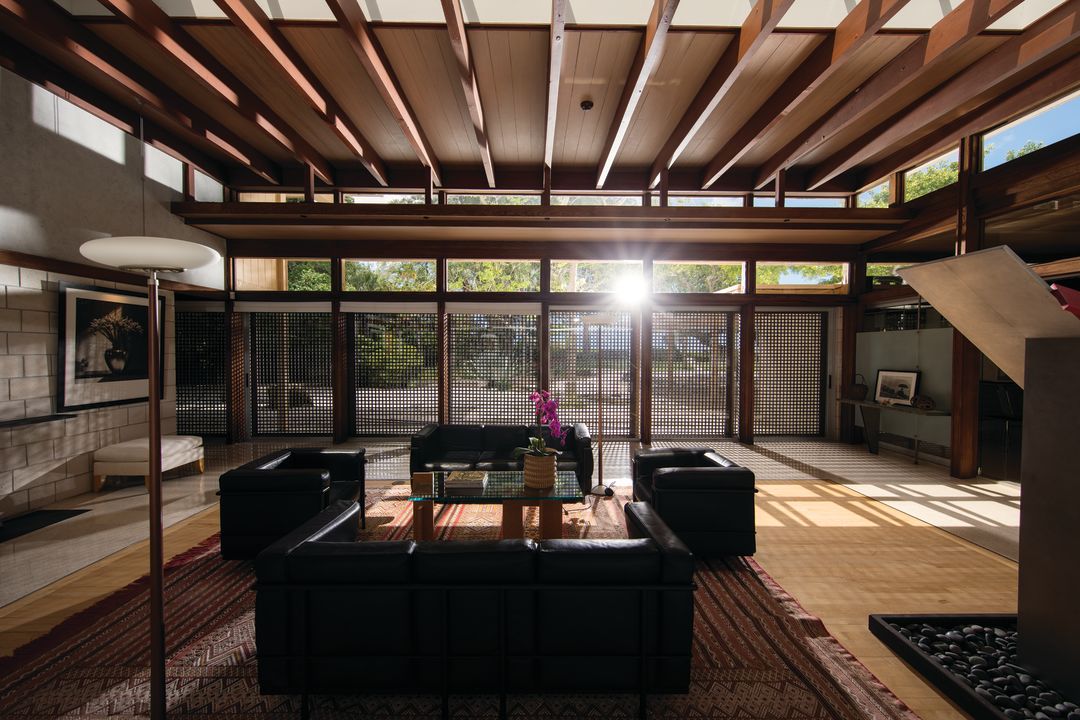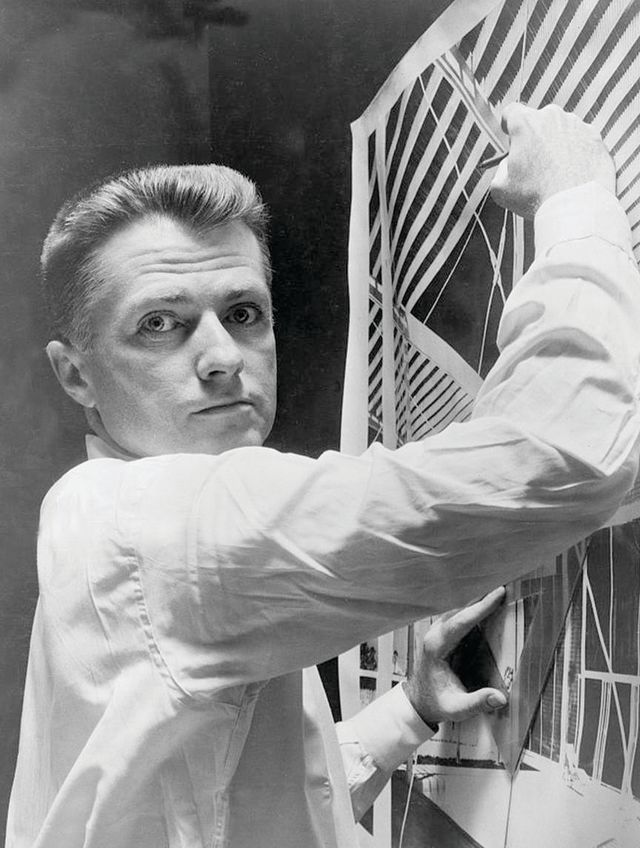This Year's Sarasota MOD Weekend Celebrates Architect Paul Rudolph

The living room of the Cohen Residence, Casey Key.
Image: Bryan Soderlind
Paul Goldberger, the Pulitzer Prize-winning former longtime New York Times architecture critic, headlines the fifth annual Sarasota MOD Weekend Nov. 9-11 with a lecture, a home tour and an appearance at a gala dinner—all focusing on the late, great architect Paul Rudolph.

Paul Goldberger
Image: Courtesy Photo
This year’s Sarasota MOD Weekend, produced once again by the Sarasota Architectural Foundation, centers on Rudolph, who began his career in Sarasota in the late 1940s. The year 2018 marks the centenary of his birth.
Tours of Rudolph’s Umbrella House, Cocoon House and other midcentury modern buildings are on tap, as are panel discussions, a film screening and opening and closing cocktail parties. (Goldberger will lead a trolley tour of several Rudolph-designed residences that Saturday.) For complete details, visit sarasotamod.com.
Goldberger recently talked with the Sarasota Architectural Foundation about the upcoming event.
Have you been to Sarasota?
Not for many years, and actually I never really toured the great inventory of wonderful stuff there, so I’m very excited about doing that. I love the idea that modernist history is respected and appreciated and even revered, and I think Sarasota is especially important because it’s a community that in the last few years has built a lot of its identity around its architecture.
It was a very brief period when some extraordinary people just happened to come together. Some new ideas were in the air and they were doing wonderful work and were lucky enough to have good clients and wham, there we are. It didn’t last but the work itself does last—or at least that of it that we keep lasts.”

Paul Rudolph
Image: Courtesy Photo
Rudolph was still a practicing architect when you were working for The New York Times. What was his reputation?
One of the things that was most remarkable about Rudolph, in retrospect, was how consistent he was throughout his career, and how he really didn’t budge. He was open to new ideas and constantly watching and looking and learning, and yet at the same time he did not feel he had to invent a new architecture all the time. And I think a great tragedy—and this is something I think I’ll talk about in November—a great tragedy of Rudolph’s life is that he died before he could see things come full circle, to his being as appreciated as he is today.
He was very, very concerned about context. He wanted his buildings to fit in. He understood from the beginning that fitting in didn’t mean imitating, it didn’t mean mimicking what was around you; there were other ways to do it. He was a pioneer in his early work in finding—seeking ways for modern buildings to be distinctive and yet harmonious with their surroundings.
When you look at the Sarasota School’s architecture, especially the houses of the late 1940s, what goes through your mind?
I see a whole lot of ideas that we really think of as almost ‘contemporary’ right now, which is the search for lightness. That you can solve the problems of architecture in something that has neither great visual weight nor actual real material weight, but that feels light and easy and yet intellectually is not light. That’s something people try to do an awful lot right now. How amazing that, more than half a century ago, they were getting so far with some of the same concerns.
And they succeeded at that?
A lot of it, yes. And at the end of the day, an awful lot of that is just very, very beautiful, too, which is in the end what matters most, I suppose—why we still pay attention.



